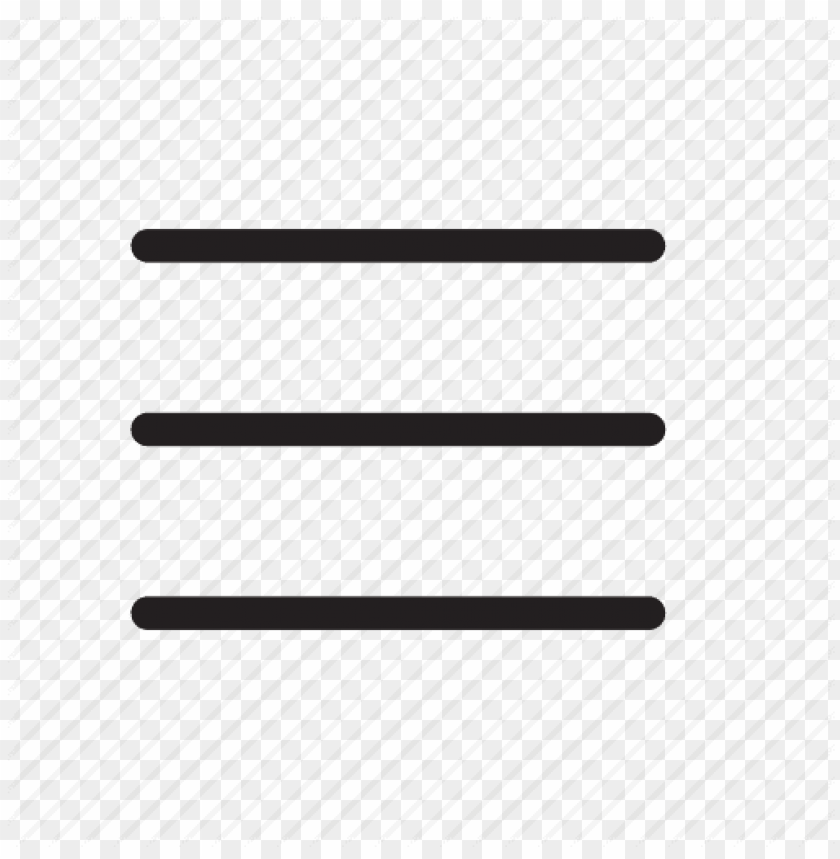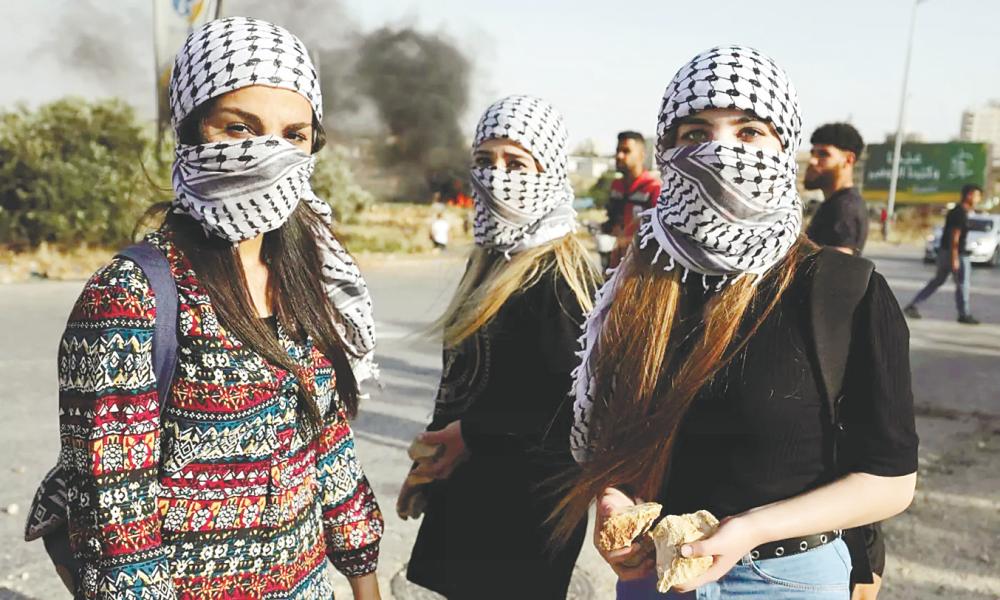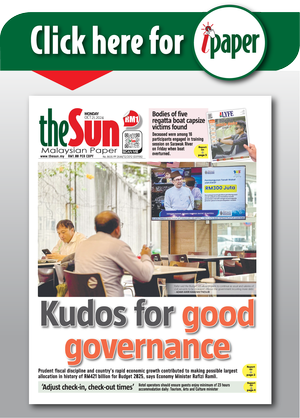IN the arid conditions of the Middle East, the keffiyeh, also known as shemagh and hatta, is widely worn in different patterns, colours and types of fabric as a headdress.
With over a century’s tradition and heritage, the scarf has grown from its origins as a form of protective wear against the desert climate into a piece of fashion and symbolic apparel, particularly with the Palestinian keffiyeh.
The latter is far more iconic than the standard headdresses from other parts of the Middle East, which is stereotypically seen adorned by rich Saudi men. For the Palestinian version, their scarf is distinctly patterned black-and-white and worn by everyone.
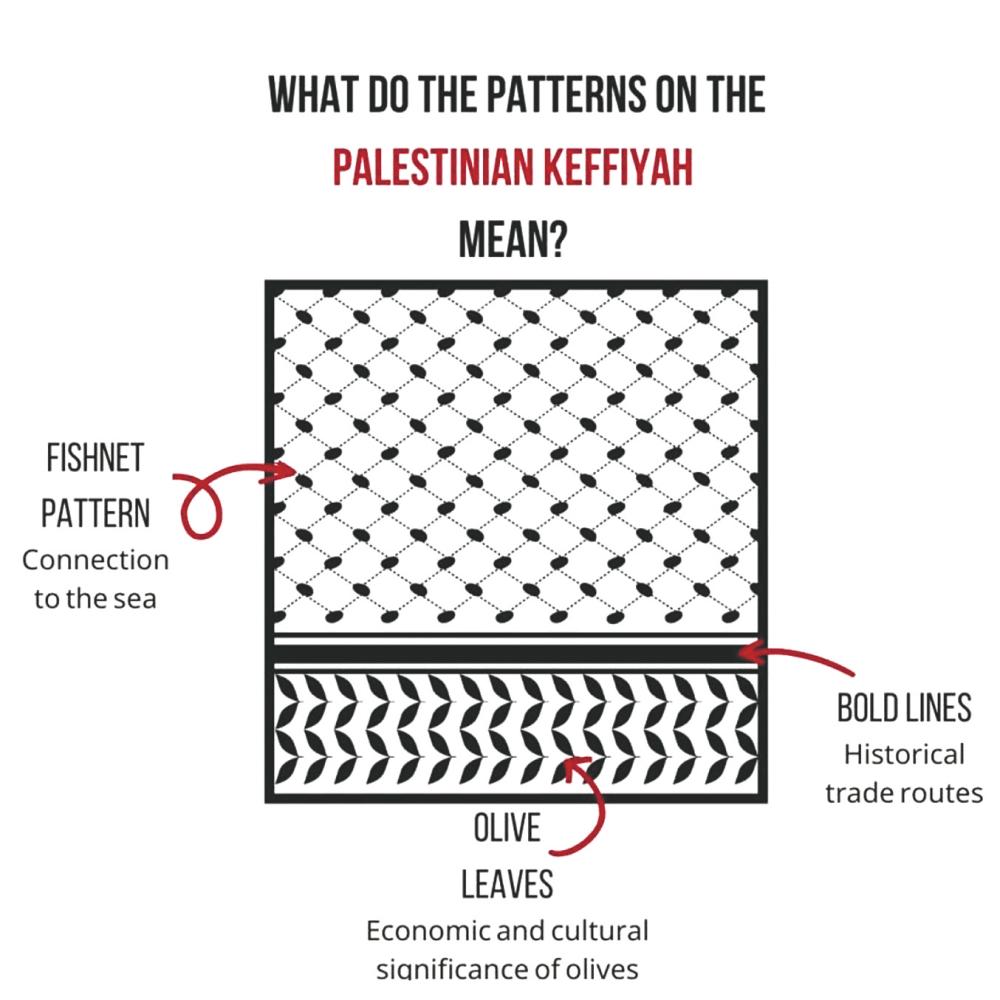
Not just any scarf with the two colours can be considered an “official” Palestinian keffiyeh either. The scarves need to have the three symbolic icons weaved into the original Palestinian tapestry. These are olive leaves (often mistaken for bird wings) that symbolise the fruit’s importance in Palestine.
The bold black lines symbolise trade routes and the fishnet pattern that occupies the majority of the scarf’s surface area is symbolic with the country’s connection to the sea.
In the last 70 years or so, the keffiyeh has seen a rapid rise in popularity as a popular article of clothing.
Like the clenched fist or the three arrows, the keffiyeh is also a domestic and international symbol of resistance, tied intrinsically with the Palestinian plight and solidarity with it.
To commemorate the Ramadan period leading up to Eid, theSun has compiled five of the most popular ways the keffiyeh is worn should you choose to get one during the holy month.

Versatility in utility
The keffiyeh can be worn in a multitude of ways and almost universally fits most outfits wherever in the world one comes from.
Classic neck wrap
The most common way users tend to wear the scarf is by loosely wearing it around the neck and chest. Due to Malaysia’s weather and how the country is not arid like the Middle East, this style works best. It can be set around the neck easily and is not tight or suffocating in our humidity and weather.
Method:
➤ Fold the fabric into a triangle and position the triangle in the middle in front of the chest.
➤ To give your neck freedom, slightly pull the area below your chin/neck/jawline downwards so that the keffiyeh is snug but not tight. At the back of the neck, make a gentle, loose knot.
Finally, bring the two crossed over ends to the front, letting the tassels hang over your chest.
Shoulder wrap in a V-shape
Keffiyeh is rarely worn this way, but it is the most striking. Visually, it is similar to the above style, but emphasis is placed on making it appear bigger. This style suits those with broad shoulders best.
Method:
➤ Fold the fabric into a triangle, and then drape it over the shoulders, making sure the triangle is stretched over the chest.
➤ The ends are tied behind the neck.
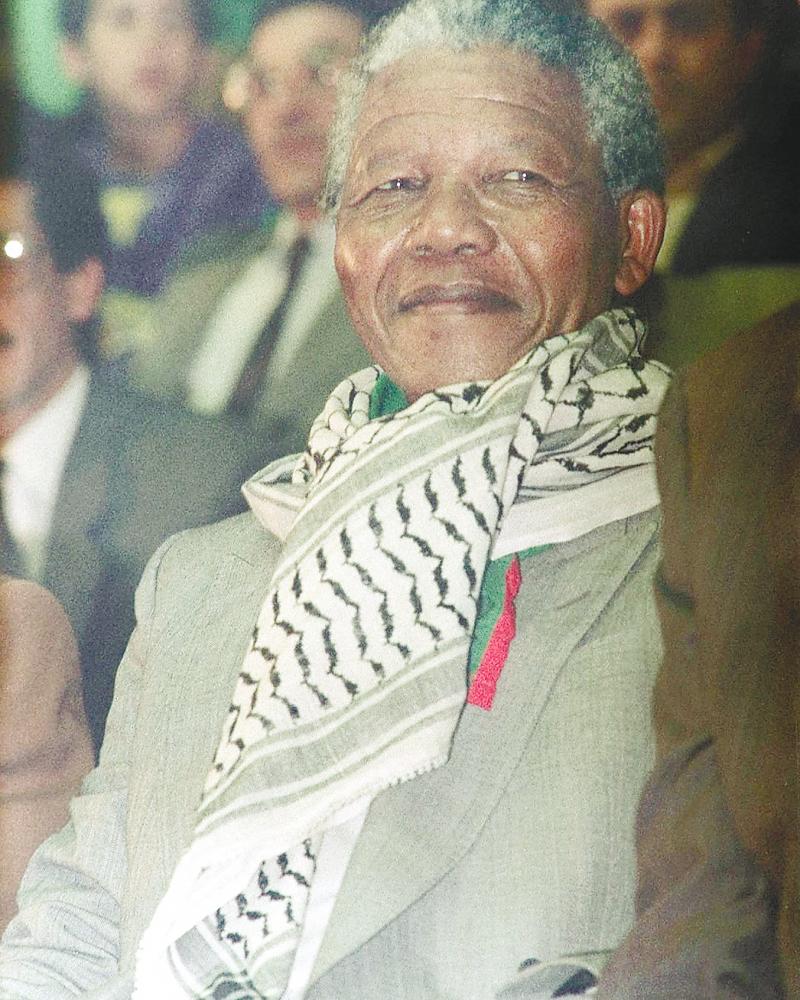
Poncho wrap
A cursory glance at the different styles of baju Melayu, particularly those worn during the Hari Raya period, show a lack of collars on most designs. In other words, the neck is exposed. This is where wearing the keffiyeh in a poncho style would be great.
Similar to the shoulder wrap above but with less steps, the poncho wrap functions by covering the shoulders and the neck in a more loose manner, while still letting the details and colours of the keffiyeh stand out all the same.
Method:
➤ Fold the fabric into a triangle and throw it on your shoulders.
➤ Make sure the folded edge is behind your neck, and position the triangle over one of your shoulders. Whichever side is fine, but pick the side you think you look best from.
➤ The ideal look is one should have the long, triangle end covering one side of the shoulders, while the other has the shorter ends of the keffiyeh just slightly covering it.
Keffiyeh bandana
Due to the keffiyeh’s dimensions, it makes for a great bandana especially in a cold climate or dusty environment. As the fabric is lighter than the shemagh, a keffiyeh worn this way is less suffocating as it has better insulation and half the face/head is exposed.
Method:
➤ Fold the keffiyeh into a triangle and place it over your face.
➤ Tie both ends at the back around your neck firmly so that the bandana stays firmly in place. Adjust the knot and length of both ends as needed so that breathing is not restricted.
Simple scarf
Exactly as it says, the keffiyeh can also be worn as a straightforward scarf.
Method:
➤ Fold the keffiyeh into a horizontal shape and throw it around the neck, divided equally so that both ends are the same length hanging on the back.
➤ Pull one end across the back and to the front. The other end should still be behind, hanging down the back of the shoulder.

